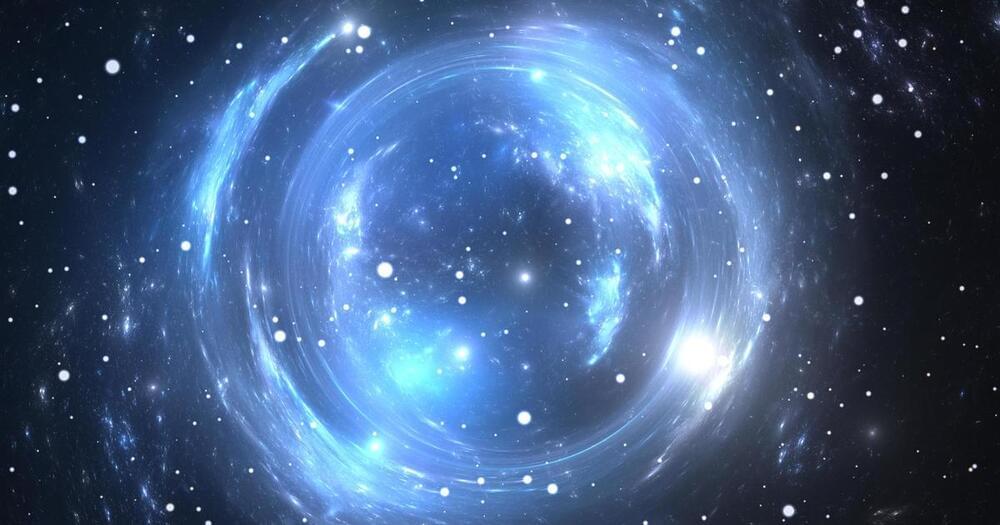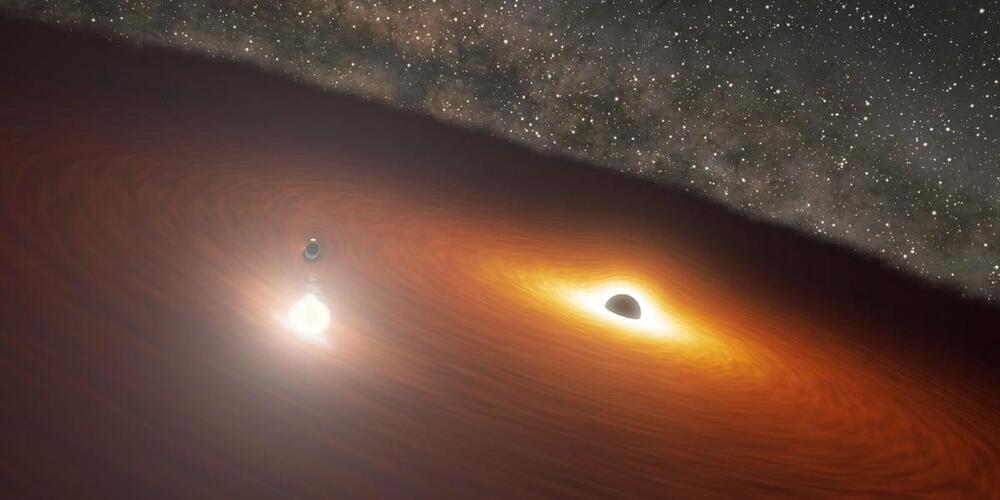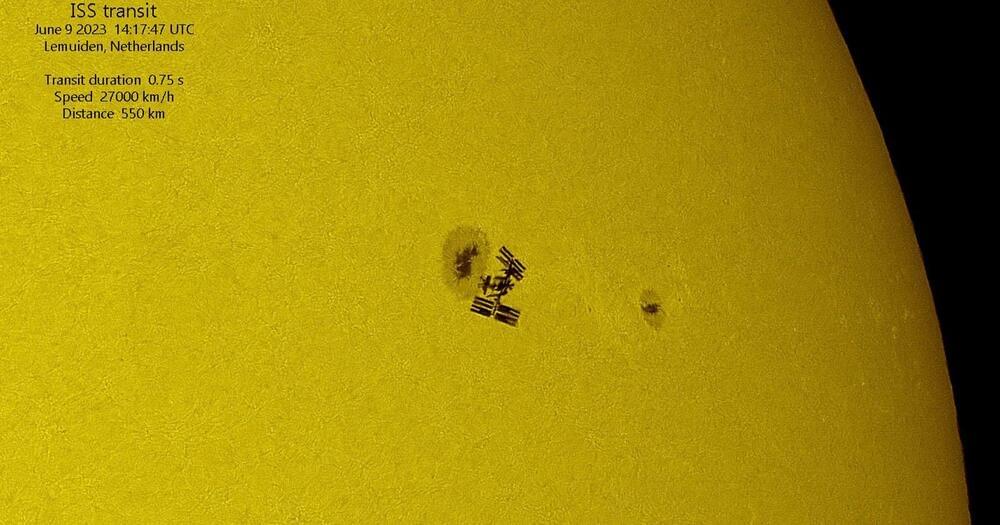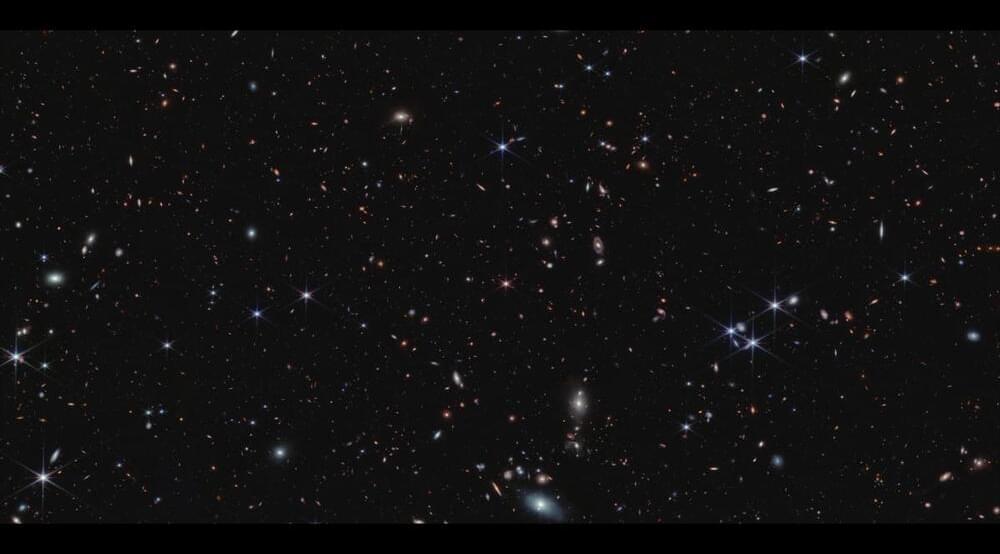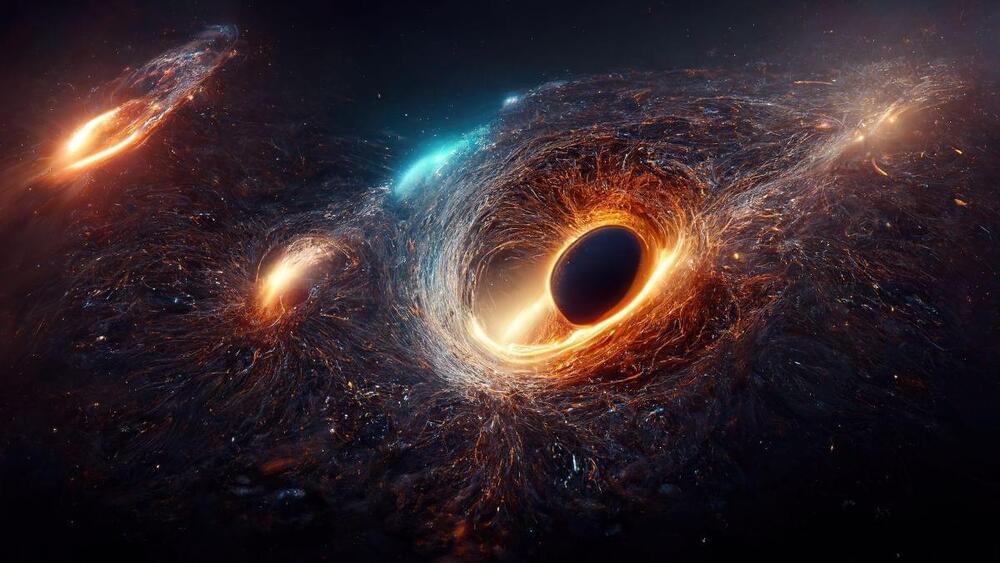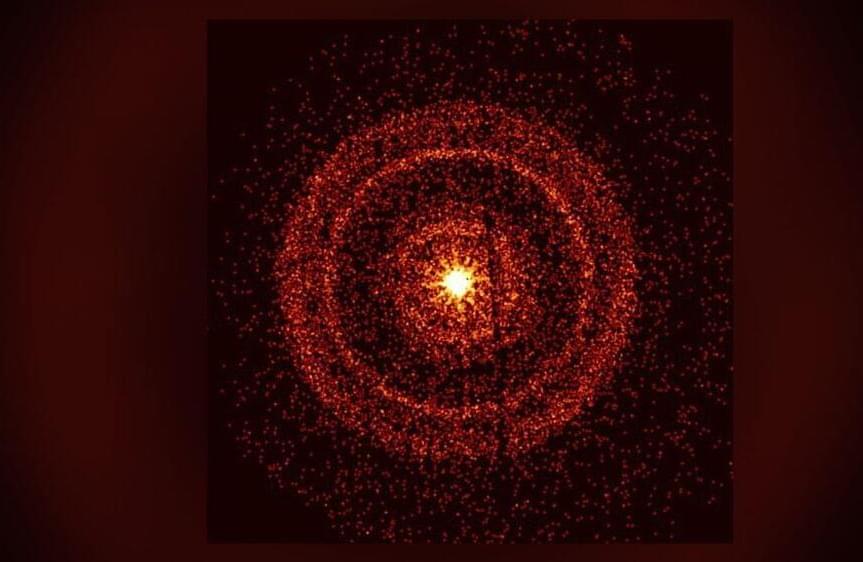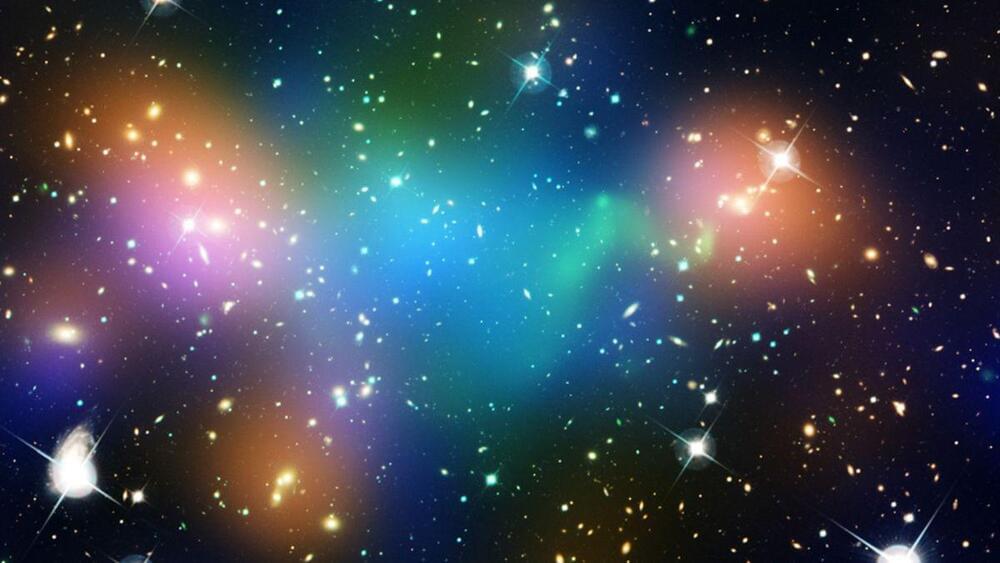Seeing a supernova, or an exploding star, is a unique spectacle in itself. But recently, astronomers have found something even more unique: A star explosion so “extremely warped” that it looked like it was multiple images in the sky.
So how did this happen?
It’s not magic, according to the California Institute of Technology, but an effect known as “gravitational lensing,” which happens when gravity from a dense object in space “distorts and brightens the light of an object behind it.” In the case of supernova SN Zwicky, it was the gravity of another galaxy that impacted its appearance.
